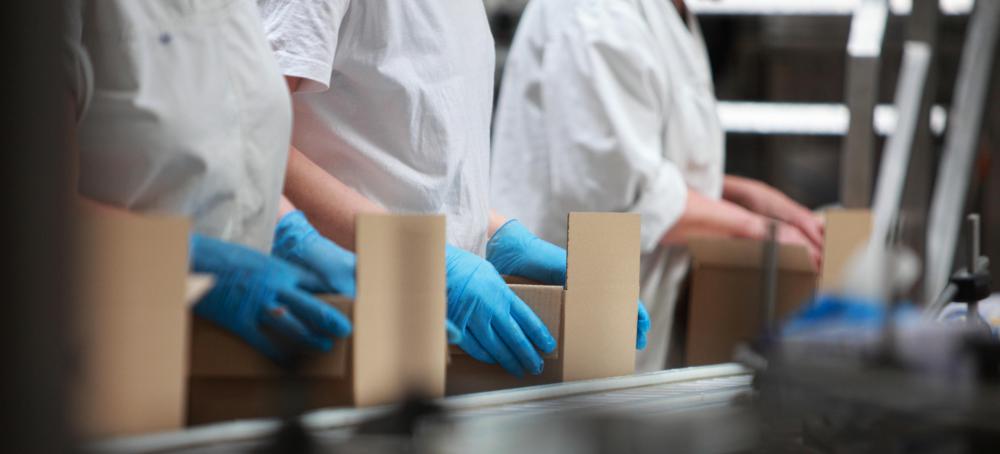At SmartCapitalMind, we're committed to delivering accurate, trustworthy information. Our expert-authored content is rigorously fact-checked and sourced from credible authorities. Discover how we uphold the highest standards in providing you with reliable knowledge.
What Is Operating Return on Assets?
An operating return on assets, sometimes known as OROA, is a type of calculation designed to aid business owners in determining what type of net profit is actually being generated by a business effort. The basic formula for calculating it calls for identifying the net amount of income from various sources, including interest on holdings. The total amount of net income that is generated by the business is then divided by the value of the company’s assets to identify the current OROA for the operation.
The purpose of identifying the current operating return on assets is to provide some insight into how well the company is managing its expenses. Since the total amount of operating expenses is deducted from gross profits in order to identify the net profits generated, operational costs have a direct impact on just what type of return on assets the business is experiencing. When that return is somewhat low, or has decreased significantly from one period to the next without any real changes in production levels, this may be an indication that waste during the production cycle is increasing. Other types of expenses may also increase, such as marketing costs, shipping costs, or even administrative costs, resulting in a lower net profit that in turn triggers a lower OROA calculation.

A low operating return on assets may also be a sign that sales initiatives are not working well enough to keep up with current production levels. This can often be corrected by curtailing production to some degree for a period of time while excess inventory is used to fill orders, a strategy that can often help lead to a more attractive return on assets in later periods. At the same time, restructuring sales and marketing campaigns may also lead to increased demand from consumers, which would further help to increase returns on assets over time.

Even something as simple as high accounts receivables can have an adverse effect on the operating return on assets. When this is the case, taking steps to collect on invoices over 60 days and retire those obligations can make a serious impact on the level of OROA experienced in an upcoming period. Looking closely at how invoices are prepared and forwarded to customers may also yield valuable clues in how to make the process more efficient, increase cash flow, and motivate customers to pay outstanding invoices sooner rather than later.
AS FEATURED ON:
AS FEATURED ON:












Discuss this Article
Post your comments